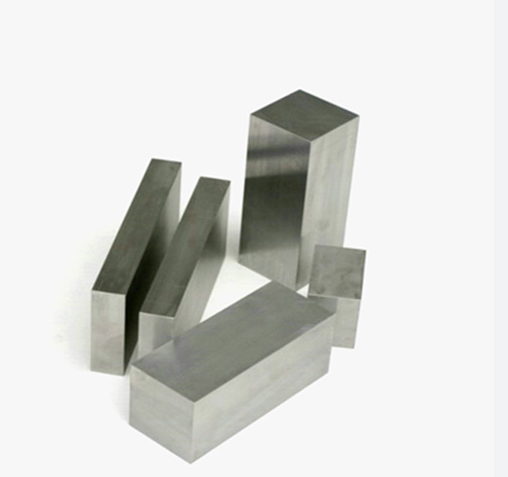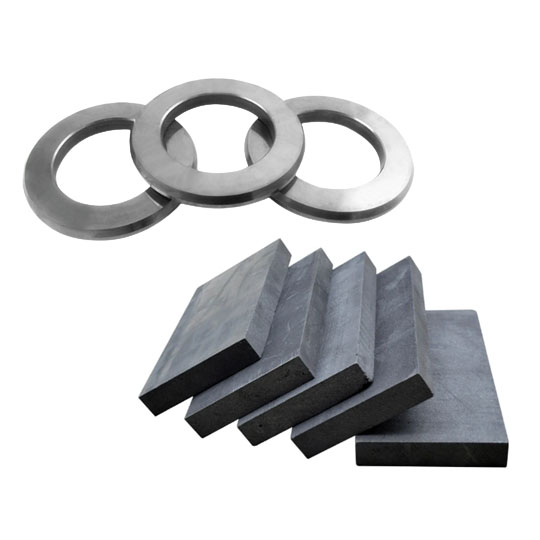Types de plaques de carbure et leur conductivité thermique
Pas tous plaques en carbure sont créés égaux. C'est comme dire que toutes les voitures de sport sont identiques. Non. De la formulation de la poudre au processus de frittage, il existe des tonnes de variables qui modifient les performances, y compris la conductivité thermique.
Les plaques de carbure sont fabriquées à partir de différentes poudres métalliques, mélangées et liées à un liant (généralement du cobalt). Le type et le rapport spécifiques de ces poudres déterminent la manière dont la chaleur circule à travers elles. Voici quelques modèles de carbure bien connus et leur comportement thermique :
| Modèle de poudre de carbure | Points forts de la composition | Conductivité thermique (W/m-K) | Cas d'utilisation clé | Pour | Cons |
|---|---|---|---|---|---|
| WC-Co (carbure de tungstène-cobalt) | ~94% WC, 6% Co | 85-100 | Outils de coupe, exploitation minière | Haute résistance et conductivité | Prix élevé |
| WC-Ni | ~90% WC, 10% Ni | 70-90 | Outillage résistant à la corrosion | Bon pour une utilisation marine | Faible résistance à l'usure |
| WC-TiC-Co | WC + carbure de titane | 60-75 | Coupe à grande vitesse | Résistance à l'oxydation | Plus fragile |
| WC-VC-Co | Additif de carbure de vanadium | 75-85 | Plaques résistantes à l'abrasion | Meilleur contrôle de la croissance des céréales | Difficile à fritter |
| WC-Cr3C2-Co | Mélange de carbure de chrome | 55-65 | Environnements chimiques difficiles | Superbe résistance à l'oxydation | Résistance modérée |
| WC-TaC-Co | Carbure de tantale ajouté | 65-78 | Aérospatiale et découpe | Plus fort à haute température | Coûts élevés |
| WC-FeNi | WC avec liant Fe-Ni | 45-60 | Découpe de métaux tendres | Abordable, résistant à la corrosion | Faible à haute température |
| WC-Cu | Liant en cuivre | 120-250 | Plaques de dissipation thermique | Conductivité très élevée | Faible dureté |
| WC-Co + SiC | Renforcé au carbure de silicium | 90-110 | Matrices à grande vitesse | Résistant à l'usure et aux chocs thermiques | Complexe à produire |
| WC-Co-NiCr | Matrice nickel-chrome-cobalt | 65-75 | Aérospatiale et blindage | Excellent dans les environnements chauds et corrosifs | Faible usinabilité |
Vous avez remarqué que le liant et les carbures ajoutés affectent la conductivité ? Ce n'est pas une coïncidence.

Facteurs affectant Plaque de carbure Conductivité thermique
D'accord, vous connaissez maintenant les types de produits. Mais qu'est-ce qui changements Quelle est la capacité de ces plaques à déplacer la chaleur ? Voyons cela comme sur votre chaîne YouTube préférée.
1. Type et contenu du classeur
Le liant est comme le beurre de cacahuètes dans un sandwich PB&J : il maintient le tout ensemble. Le cobalt est courant et très conducteur, mais si l'on passe à quelque chose comme le nickel ou le cuivre, le jeu de la chaleur change du tout au tout. Une plus grande quantité de liant est généralement synonyme d'une meilleure conductivité, mais une trop grande quantité rend le produit mou.
2. Taille des grains de WC
Grains plus fins = plus de limites = plus de résistance. C'est pourquoi les qualités ultrafines ont souvent inférieur la conductivité thermique. Mais ils gagnent en robustesse. C'est comme choisir entre un sprinter (rapide mais fragile) et un marathonien (plus lent mais endurant).
3. Porosité et densité
Des vides et des poches d'air ? Mauvaise nouvelle. Ils agissent comme de minuscules isolants. Plus la plaque est compacte, mieux elle transmet la chaleur. Les carbures à haute densité sont généralement gagnants dans ce domaine.
4. Additifs et phases secondaires
Des ajouts tels que le carbure de titane ou le carbure de chrome peuvent rendre une plaque plus dure ou plus résistante à l'usure. Mais ils sacrifient souvent une partie de la conductivité thermique pour y parvenir.
5. Température et environnement de fonctionnement
Le plus étrange ? La conductivité n'est pas statique. À des températures plus élevées, certains carbures améliorent leurs performances. D'autres s'effondrent. Il convient de toujours vérifier les propriétés thermiques des carbures. courbes de stabilité si vous prévoyez de les rôtir à 800°C ou plus.
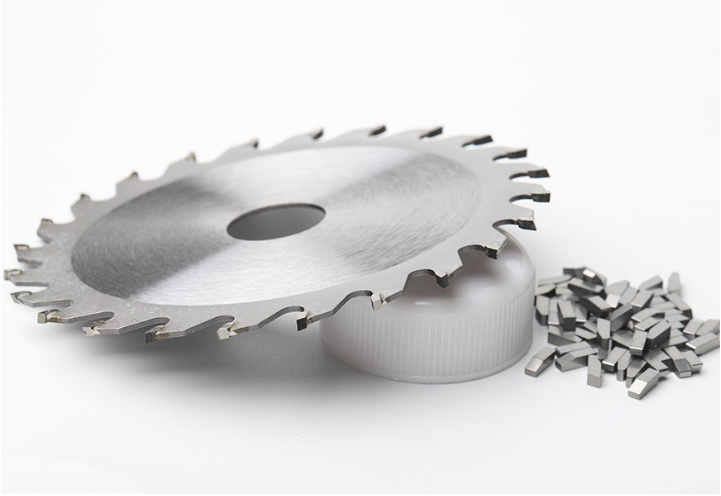
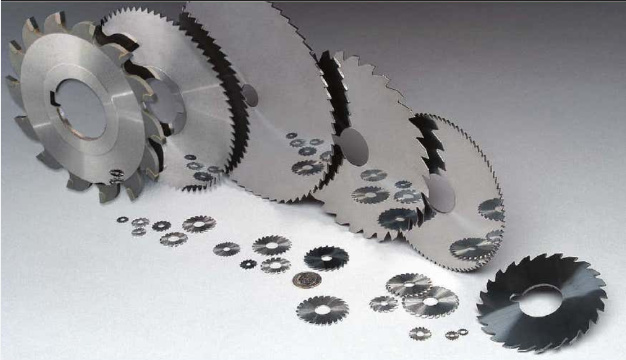
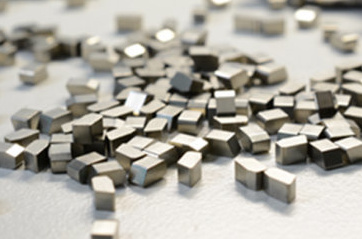
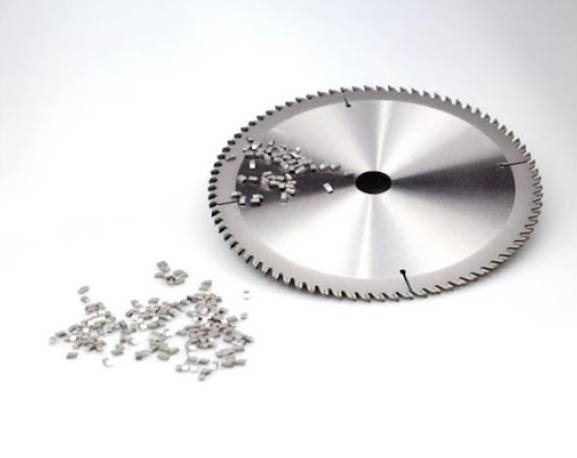
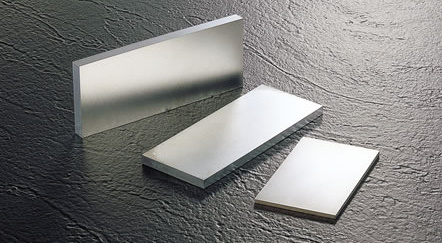
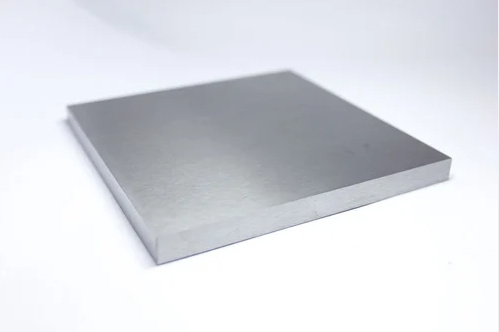
Applications où la conductivité thermique est importante
Pourquoi s'intéresser à cette question thermique ? Parce que lorsque votre outil ou votre plaque conduit bien la chaleur, il dure plus longtemps, est plus performant et ne se fissure pas sous la pression - littéralement.
Outils de coupe et plaquettes
Dans l'usinage à grande vitesse, si votre plaque ne peut pas évacuer la chaleur rapidement, elle brûle ou s'use rapidement. Les outils à conductivité élevée restent plus froids, plus tranchants et moins sujets à la microfissuration.
Plaques dissipatrices de chaleur dans l'électronique
Certains hybrides carbure-cuivre sont utilisés dans l'électronique haut de gamme pour évacuer la chaleur des pièces délicates. Dans ce cas, les hybrides carbure-cuivre sont utilisés pour aspirer la chaleur des pièces délicates. cuivre est le MVP pour la dissipation thermique.
Industrie des moules et matrices
Dans le domaine du moulage par injection de plastique, plaques en carbure faire face à des variations de température extrêmes. Une mauvaise conductivité peut se traduire par des temps de cycle plus longs et des fissures dues à la contrainte. Une meilleure conductivité = un refroidissement plus rapide et une meilleure qualité des pièces.
Aérospatiale et défense
Dans les moteurs à réaction et les blindages, les températures extrêmes sont la norme. Carbures à haute conductivité et La ténacité (comme le WC-Co-NiCr) permet d'équilibrer la gestion de la chaleur et la résistance.
Environnements chimiques et marins
Ici, il s'agit de résister à la chaleur et corrosion. Le WC-Ni et le WC-Cr3C2-Co se distinguent par leur comportement thermique dans les installations caustiques.
Comment choisir le bon Plaque de carbure Basé sur la conductivité thermique
Utilisez cet aide-mémoire pour prendre des décisions plus judicieuses lors du choix d'une assiette :
| Application | Type de carbure recommandé | Pourquoi ça marche |
|---|---|---|
| Usinage à grande vitesse | WC-Co ou WC-Co + SiC | Haute conductivité et résistance à l'usure |
| Traitement chimique | WC-Cr3C2-Co ou WC-Ni | Bonne résistance à la chaleur et à la corrosion |
| Dissipateur thermique/Conducteurs | WC-Cu | Transfert thermique extrêmement élevé |
| Composants aérospatiaux | WC-TaC-Co ou WC-Co-NiCr | Résistance à haute température + conductivité |
| Outils marins | WC-Ni ou WC-FeNi | Bonnes propriétés thermiques et anti-corrosion |
| Fabrication de moules et de matrices | WC-Co | Refroidissement efficace en cas de cycles de chauffage répétés |
| Pièces d'usure générales | WC-VC-Co | Propriétés thermiques et d'usure équilibrées |
Considérez cela comme votre feuille de route. Si vous partez au combat (c'est-à-dire concevoir un produit), connaissez votre armure.
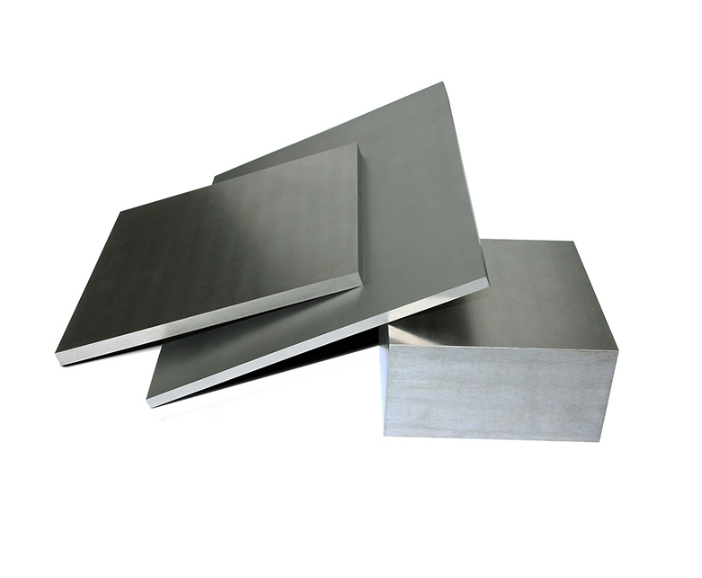
FAQ
| Question | Réponse |
|---|---|
| Quelle est la plage typique de conductivité thermique des plaques de carbure ? | Entre 45 et 250 W/m-K en fonction de la composition et du liant. |
| Pourquoi le cobalt augmente-t-il la conductivité des carbures ? | Le cobalt est un métal très conducteur et forme des liaisons métalliques solides, ce qui permet un transfert de chaleur efficace. |
| Une conductivité thermique élevée est-elle toujours préférable ? | Pas toujours. Dans certaines applications, comme les barrières thermiques, une faible conductivité est en fait préférable. |
| Tous les carbures ont-ils les mêmes performances à haute température ? | Non ! Certains, comme le WC-TaC-Co, conservent leur conductivité et leur résistance, tandis que d'autres se dégradent rapidement. |
| Comment puis-je tester la conductivité thermique d'une plaque de carbure ? | Les méthodes d'analyse par flash laser et par plaque chauffante surveillée sont couramment utilisées dans les laboratoires. |
| Puis-je utiliser du carbure à liant cuivreux pour la coupe ? | Techniquement oui, mais il n'a pas la dureté nécessaire. Il est préférable de l'utiliser pour les dissipateurs thermiques. |
| Quel est le meilleur carbure pour le refroidissement de l'électronique ? | Le WC-Cu offre la meilleure conductivité thermique, souvent supérieure à 200 W/m-K. |
| La taille des grains n'affecte-t-elle que la résistance ? | Non, cela a également un impact sur la conductivité. Des grains plus fins peuvent réduire le transfert thermique. |
| Existe-t-il des normes pour mesurer cet aspect ? | L'ISO et l'ASTM disposent de lignes directrices telles que l'ASTM E1461 pour les essais de diffusivité thermique. |
| Des additifs tels que le SiC peuvent-ils améliorer les propriétés thermiques ? | Oui, surtout lorsqu'il est optimisé, le SiC peut améliorer la résistance à l'usure et aux chocs thermiques. |

